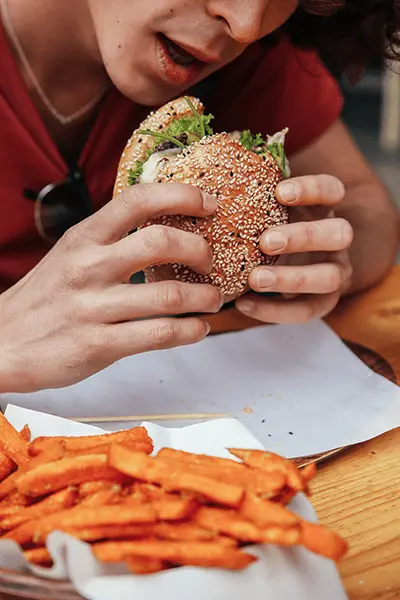

Translating science into emotions with Sense It®

Component content
With +400 descriptors and digitisation plans, the sensory language is building an ever-clearer window into the consumer mind.
While consumers often have strong feelings about a product, they may not be able to tell you why. Sense It® helps bridge the gap between what consumers perceive and what they are able to express.
What began as a flavour characterisation tool has been transformed into a robust universal language with descriptors for flavour, taste and mouthfeel. Today’s Sense It® language captures the full complexity of the eating experience in everything from healthy beverages to plant-based meat.
Making history with Sense It®
Component content
Making history with Sense It®
Discover the history of Sense It®, how it has evolved, and how it supports customer creations today.
Taste & Wellbeing
30 years of translating science into emotions with Sense It®










